
I feel weird writing these words, but here they are: I wish I was doing better than I am. I am struggling, and as much as I want to make a joke about it here, I can’t think of any. “Please scream inside your heart” is a good starting point, I guess, as is doomscrolling?
The Coronavirus pandemic is still ravaging the U.S.; of course, President Spray Tan and his fellow “pro-lifers” in the Goose-stepping Old Party have done fuck-all to help anyone but themselves–even though people are suffering on multiple fronts (see also: magically alive haunted doll Jared Kushner’s plan that basically amounted to passive genocide for people in blue states, and senator Rand Paul’s awful choices after he was diagnosed with the virus). Wildfire season (or, as I call it, “remembering that I have asthma season”) just started here in California and has already done a fuck ton of damage to things that conservatives keep telling us are not essential, like NATIONAL PARKS (read: Big Basin). I feel like my cartoon from a couple of years ago where I said that global warming (I don’t call it “climate change,” because screw that) will kill us all is, unfortunately, creeping toward accuracy as the years pass. Thanks, I hate it.
I am angry. I am so angry, but I can’t seem to write about it clearly enough. I am angry that the stupidest people seem to be in charge of making decisions that affect all of us, and they keep making the worst possible decisions. I didn’t vote for Trump because he sucks and was unqualified to run in the first place (the guy who calls himself a great businessman BANKRUPTED A CASINO, HELLO), and now I am tired of having to live in a time where he is one of the most powerful people on Earth–and keeps fucking up–because he was voted in by a bunch of assholes who also suck and are/were nostalgic for a time that never existed in the first place (note: if you think my language here is “divisive,” maybe you shouldn’t read the rest of this piece?). I am tired of seeing the Democrats talk about how horrible Trump is, how “climate change is real” (OBVIOUSLY) but that the Green New Deal is unrealistic, and then doing absolutely fuck-all to change things on a systemic level.
I am tired of trying to write about the pandemic coherently; as I write this, over 200,000 people have died from COVID-19, and Trump does not care. His followers don’t care. Neither do any of the supposedly “pro-life” conservatives who have thrown their support behind his reelection campaign. When I try to write about the many failures that this administration has on its collective hands, it feels like too much: the monumentally shitty Coronavirus response that will be affecting the U.S. for years, possibly decades, to come; human rights violations all over the damn place (especially in ICE detention centers); simple stupidity.
Equally disheartening is the feeling that I can’t change things–and no, I don’t want to hear anyone chirp “then VOTE in November!” (yes, I’m going to) or “you should run for office, then!” (like it’s SO EASY for a person with multiple disabilities to just get up and run for office) in response. I feel like I don’t have the words to adequately express how frustrating everything–the pandemic, the current fire season, the ongoing antics of Trump and Co. (some of which are so blatantly fascistic that even humor outlet McSweeney’s published a huge list of them with an “atrocity key” by color!)–continues to be right now.
I am trying to write my way through things–writing “through” some difficult issues is how I process things, after all–but what happens when you can’t find the words? What do you do when it feels like too much? What do you do when your way of coping isn’t enough?
I don’t know what the answers to those questions might be. But to those of you who say you “didn’t see this coming:” many of us did. When Trump was elected, my first thought (at 2:00 AM the day after the election, while staring at the results on my phone, in the dark): People are going to die because of Trump. Not that I predicted the ICE detention camps, or TWO HUNDRED THOUSAND PEOPLE dead from a highly contagious virus, deaths which could have been prevented had the entire response not been fucked from the start.
Still, the blood is all over Trump and Co.’s collective hands. I hope that they will be unable to wash that blood off; I hope that McConnell, Kushner, and the others try, in an increasingly Lady Macbeth-esque fashion, to wash their hands of all of this–only to realize that they cannot. I hope there are actual consequences for them, although I don’t know the form that those consequences might take.
I do not feel good or smug about having been right in this situation–just deeply sad and angry. It’s hard, in the sort of fully-encompassing doomscroll that is 2020, to not let my natural cynicism take over my brain again. I don’t think that all humans are motivated by greed and self-interest, although Trump and his cronies certainly are, but all of this is making it tough to not just think “Ok, the U.S. is finished, let’s just throw in the towel, I guess.”
I have to believe that something better is possible, even if it’s hard to see it or think of it right now.
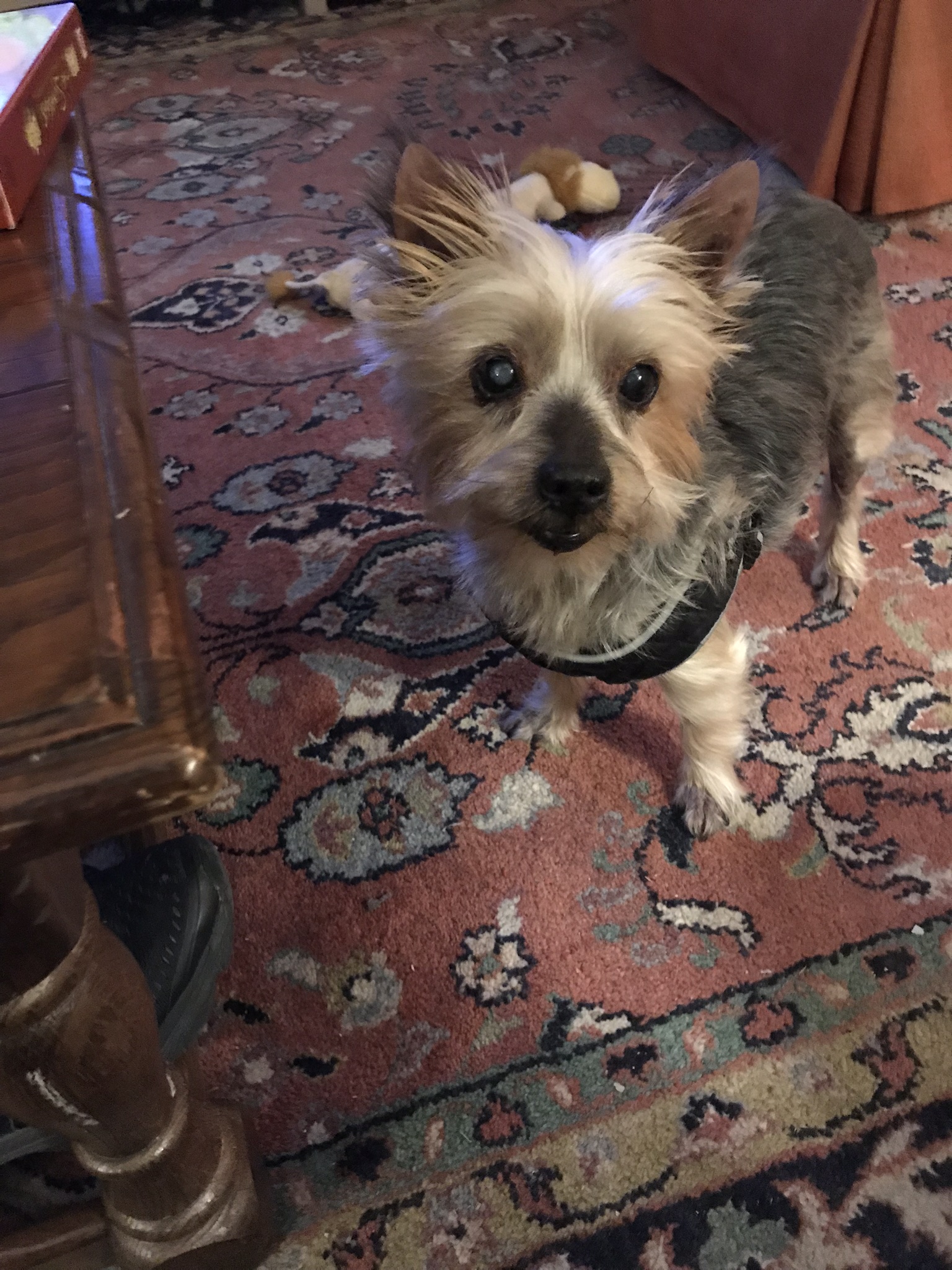


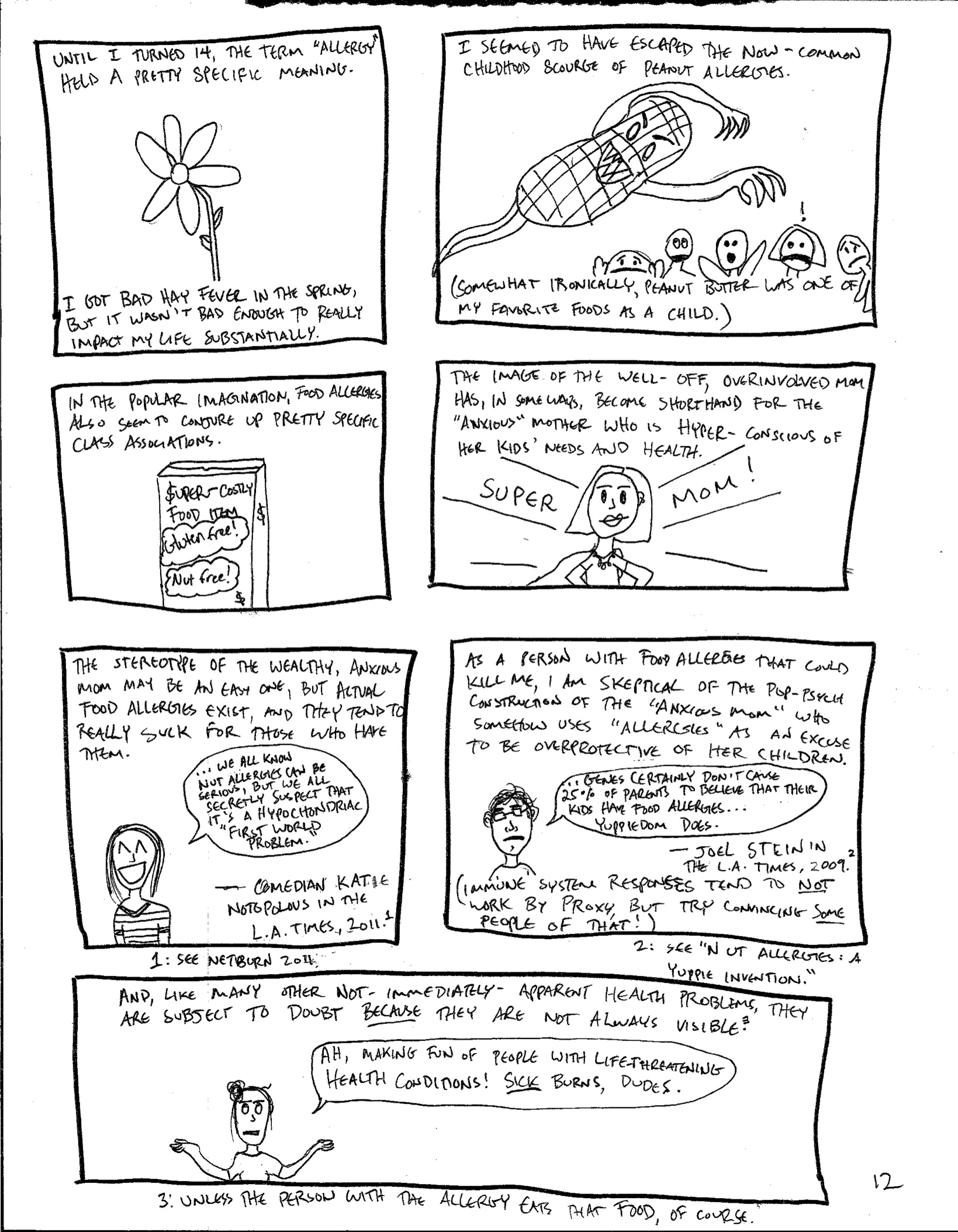

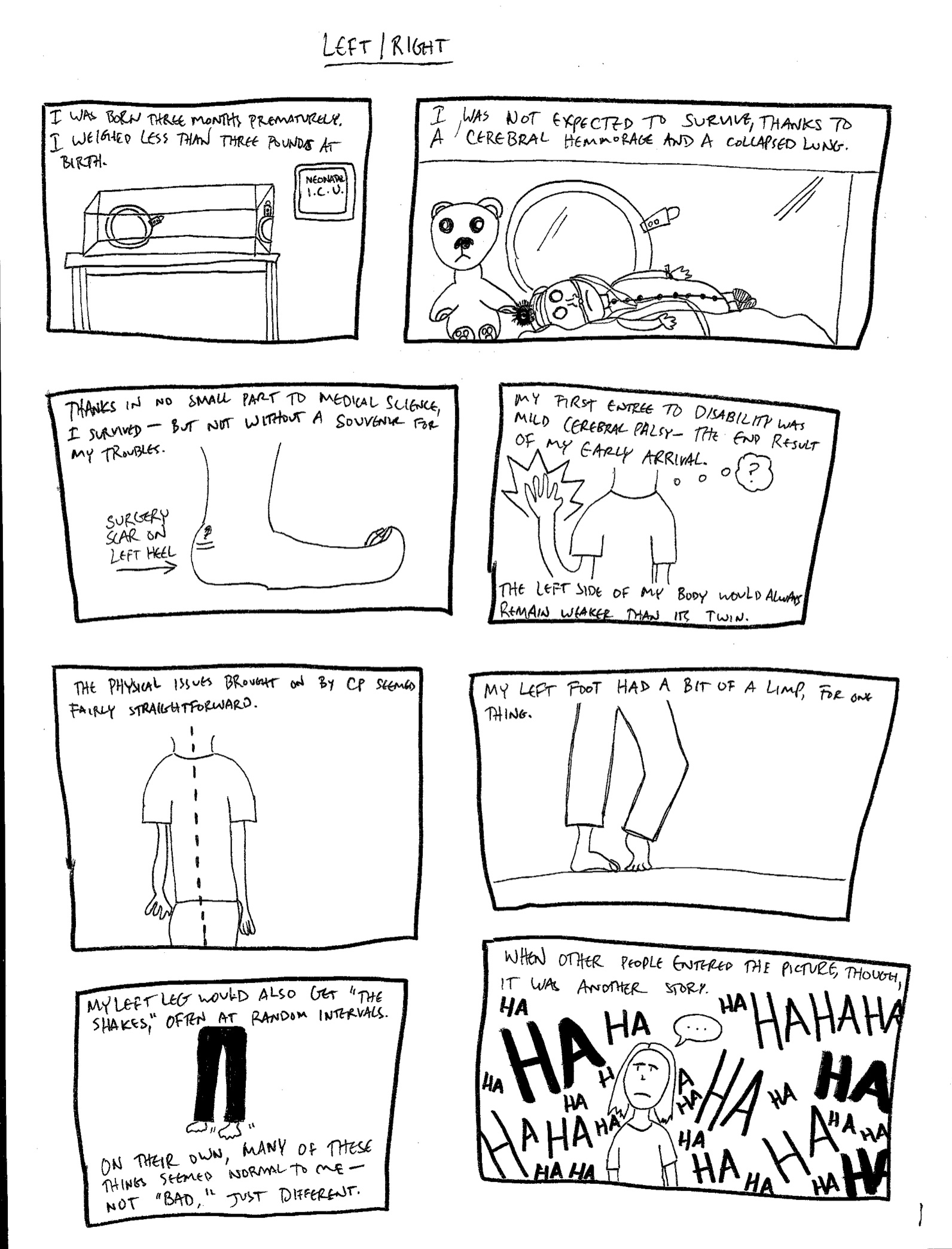






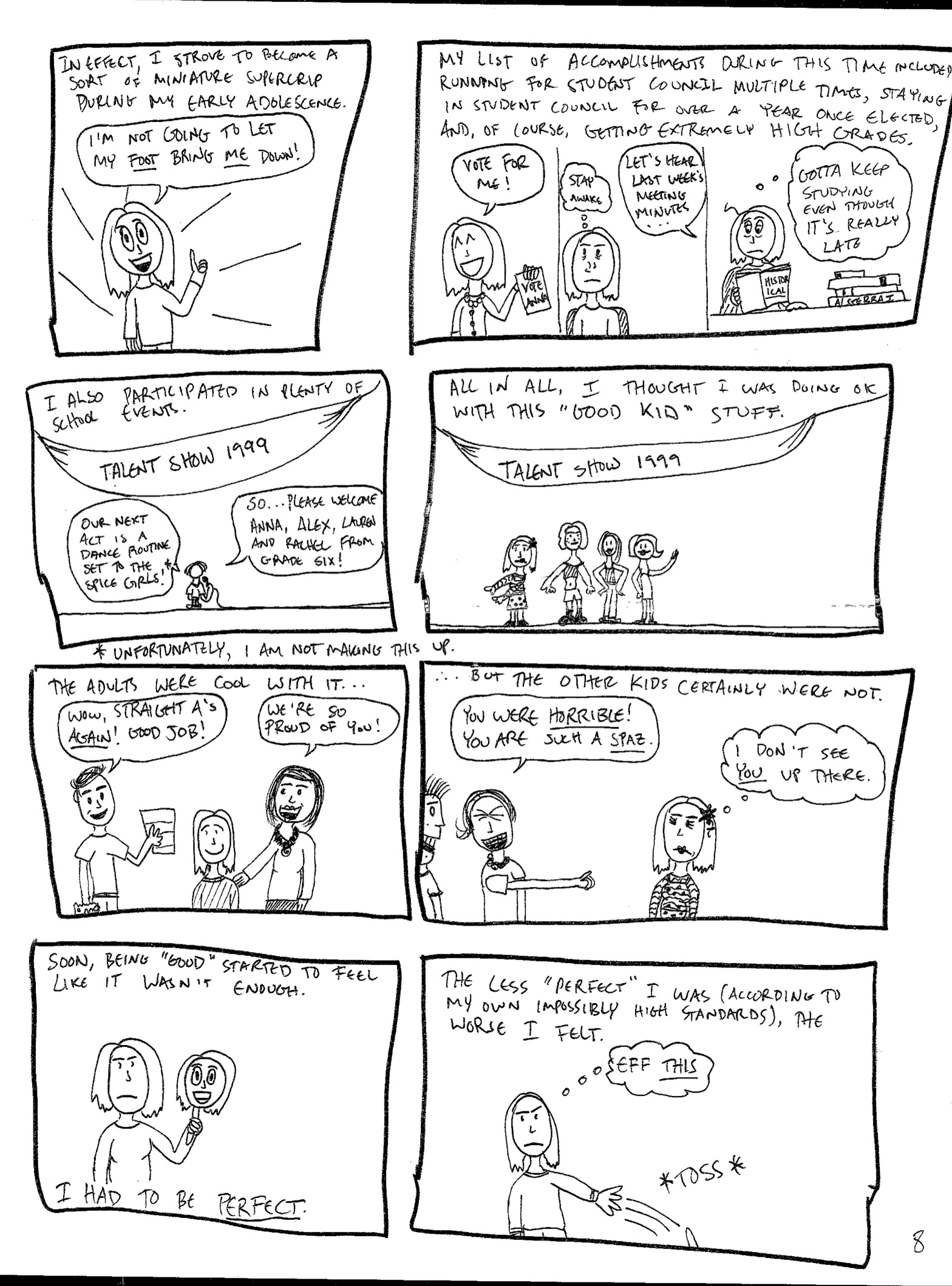

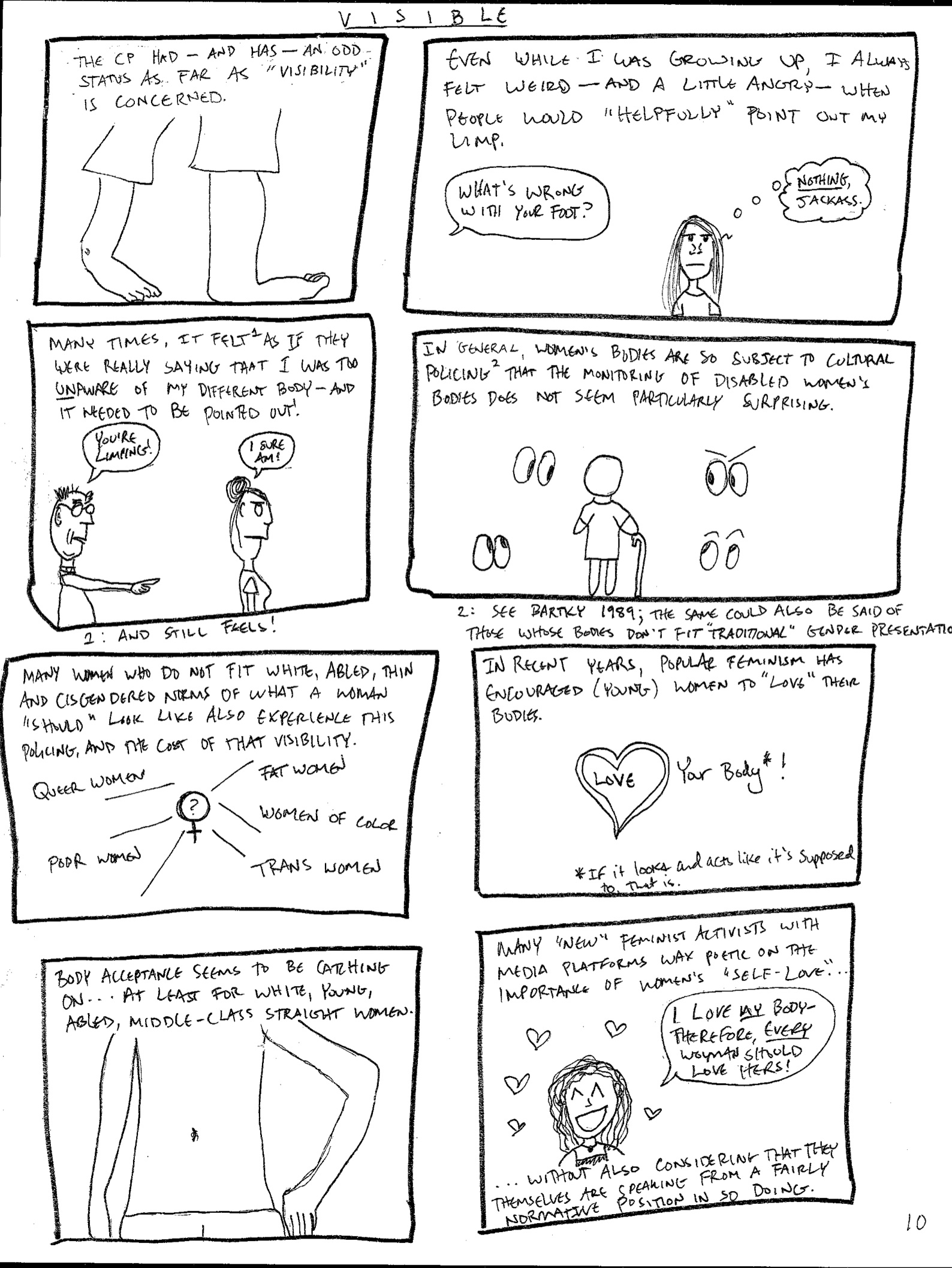




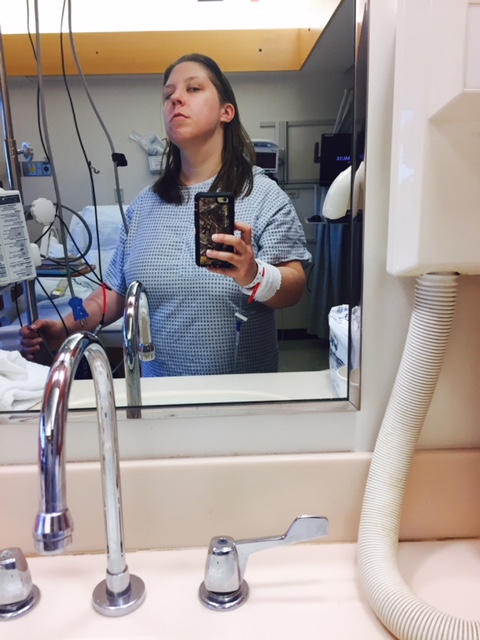
 If there’s one thing that internet denizens can agree on, it’s that animals–especially domestic pets–are great. (There’s even
If there’s one thing that internet denizens can agree on, it’s that animals–especially domestic pets–are great. (There’s even